In the world of automotive performance, the suspension system often plays the unsung hero, quietly influencing every twist, turn, and throttle response on the road or track. While horsepower and aerodynamics tend to steal the spotlight, upgrading your suspension can unlock a new level of control, comfort, and confidence behind the wheel. Whether you’re an avid racer chasing lap times or a weekend enthusiast seeking a smoother, more responsive ride, understanding and enhancing your suspension setup is a crucial step in transforming your vehicle’s performance potential. This article delves into the benefits, options, and considerations of suspension upgrades, providing a roadmap to help you elevate your driving experience from ordinary to exceptional.
Table of Contents
- Choosing the Right Suspension Components for Your Vehicle
- The Role of Springs and Shocks in Enhancing Ride Quality
- How Adjustable Dampers Influence Handling and Comfort
- Upgrading Bushings and Mounts for Precise Suspension Response
- Tuning Suspension Geometry for Optimal Performance
- Balancing Suspension Stiffness with Daily Driving Needs
- Q&A
- In Conclusion
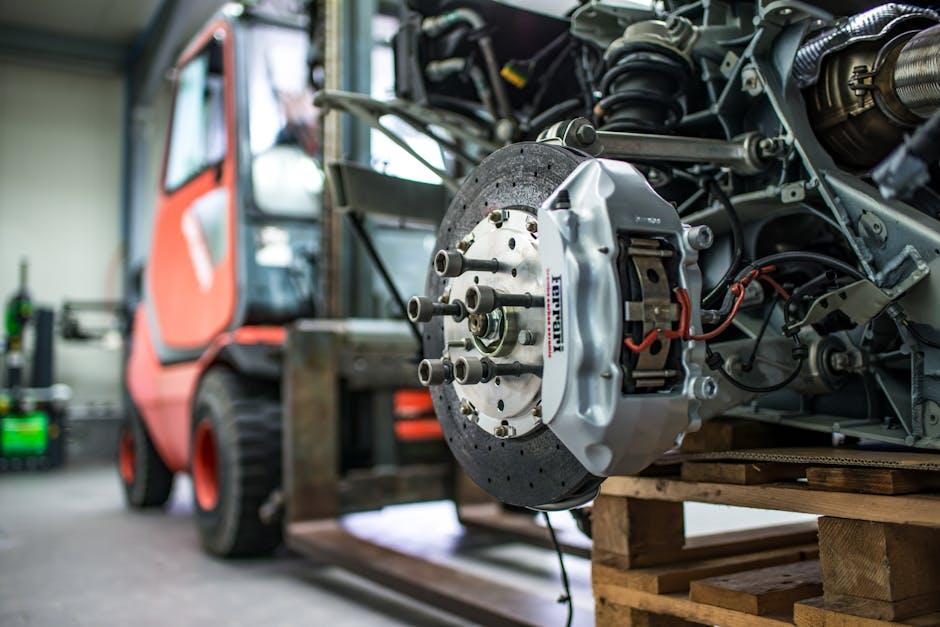
Choosing the Right Suspension Components for Your Vehicle
Selecting suspension components goes beyond just picking parts; it requires understanding how each element interacts with your vehicle’s dynamics. From coilovers to sway bars, shock absorbers to control arms, every piece plays a crucial role in balancing comfort, control, and performance. Prioritize components that complement your driving style and the terrain you frequent, whether it’s spirited road driving, track days, or off-road adventures.
Consider the following aspects when making your choices:
- Compatibility: Ensure components match your vehicle’s make and model for seamless integration.
- Adjustability: Adjustable suspension parts allow fine-tuning to achieve the perfect balance between ride quality and handling.
- Durability: Opt for high-quality materials that withstand stress and weather conditions over time.
| Component | Key Benefit | Ideal Usage |
|---|---|---|
| Coilovers | Adjustable ride height and damping | Street and track performance |
| Sway Bars | Reduce body roll | Improved cornering stability |
| Control Arms | Enhance alignment and handling precision | Daily driving and spirited handling |
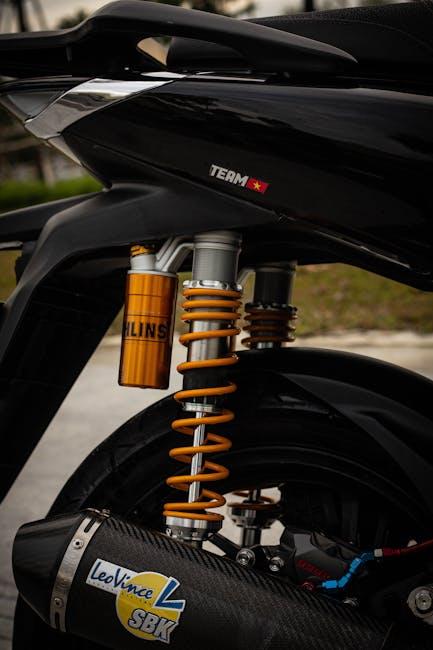
The Role of Springs and Shocks in Enhancing Ride Quality
Springs and shocks work in tandem to transform your vehicle’s drive, absorbing the road’s imperfections and turning rough terrain into smooth passageways. Springs bear the weight of your car and compress or expand based on road conditions, maintaining tire contact with the ground, while shocks (or shock absorbers) control the motion of these springs, damping excessive bounce and vibration. Together, they stabilize your ride, enhancing comfort and handling by minimizing jolts and keeping the chassis balanced during acceleration, braking, and cornering.
Upgrading these components can unlock remarkable performance and comfort improvements. Consider these key benefits brought by high-quality springs and shocks:
- Improved stability: Better control over body roll and pitch for confident handling.
- Enhanced traction: Constant tire contact ensures optimal grip on various surfaces.
- Fine-tuned ride height: Customizable to suit your driving style and conditions.
- Reduced wear: Less stress on other suspension components and tires, prolonging their lifespan.
| Component | Primary Function | Upgrade Effect |
|---|---|---|
| Springs | Support weight & absorb bumps | Smoother ride height & flexibility |
| Shocks | Damp bounce & stabilize suspension | Sharper control & less vibration |
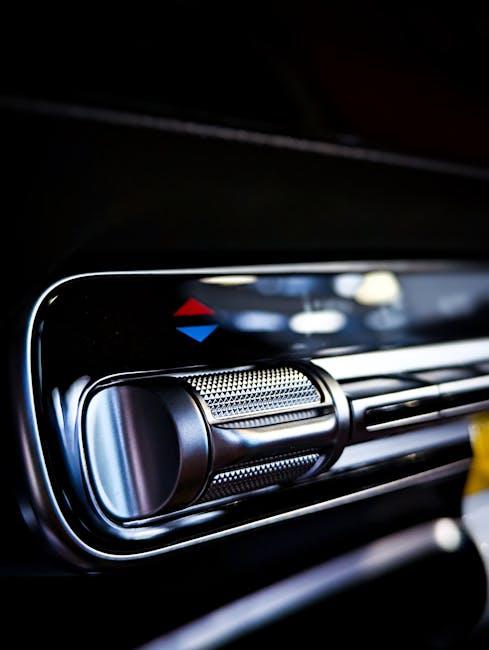
How Adjustable Dampers Influence Handling and Comfort
By integrating adjustable dampers into your suspension system, you gain the power to customize how your vehicle reacts to road conditions. Unlike fixed dampers, these allow you to fine-tune the rate at which your suspension absorbs bumps and controls body movement. This can translate into better grip during aggressive cornering and a smoother ride over rough surfaces. The key lies in balancing stiffness and compliance, enabling drivers to optimize their setup whether cruising in comfort or pushing performance limits on winding roads.
Adjustability also offers a versatile response to different driving conditions and preferences. You might want a firmer setting for track days to reduce body roll and improve responsiveness, while a softer setup can absorb road imperfections on daily drives, enhancing comfort. Consider the following benefits:
- Improved handling: Precision in damping rates means better traction and stability.
- Enhanced comfort: Softening settings cushions shocks and reduces fatigue on long journeys.
- Customization: Adapt your suspension instantly for various terrains or driving styles.
| Damper Setting | Handling | Comfort |
|---|---|---|
| Soft | Moderate | High |
| Medium | Balanced | Balanced |
| Firm | High | Low |
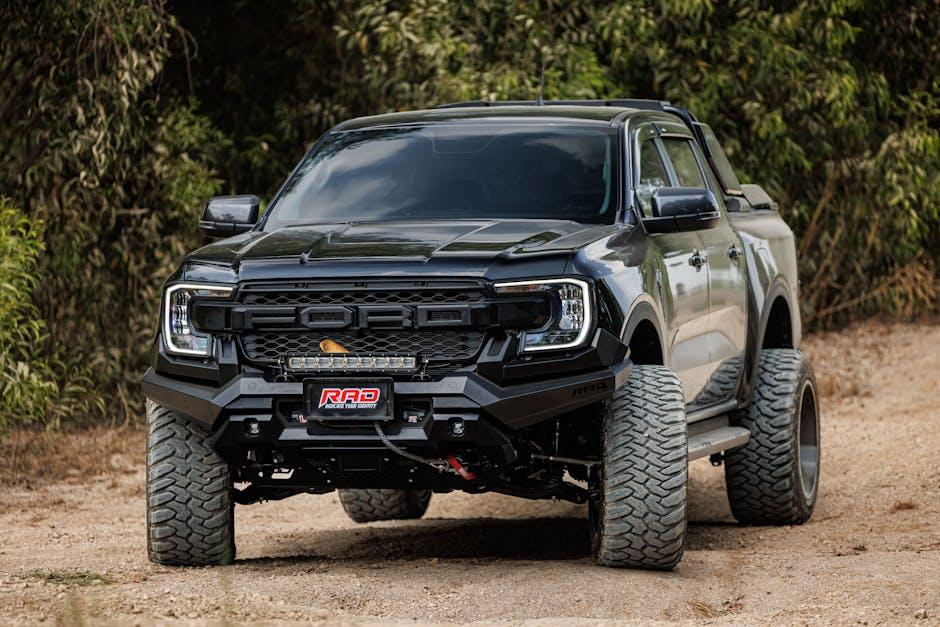
Upgrading Bushings and Mounts for Precise Suspension Response
Enhancing your vehicle’s suspension starts with addressing the often-overlooked bushings and mounts. These small but critical components play a vital role in controlling suspension movement and isolating road vibrations. Switching to high-quality polyurethane or solid metal bushings can dramatically increase chassis stiffness, delivering sharper steering feedback and improved handling precision. Compared to conventional rubber, performance bushings offer greater durability and less deflection, ensuring your suspension geometry remains consistent under demanding conditions.
When upgrading, consider the following benefits:
- Reduced suspension flex: Keeps alignment angles stable during hard cornering
- Enhanced throttle response: Direct power delivery due to minimized drivetrain movement
- Improved ride quality: Firm mounts absorb impacts without excessive harshness
- Longevity: Resistant to wear from oil, heat, and road contaminants
| Component | Material | Key Benefit |
|---|---|---|
| Control Arm Bushings | Polyurethane | Sharper steering response |
| Engine Mounts | Solid Rubber | Reduced drivetrain movement |
| Subframe Bushings | Metal Inserts | Increased chassis stiffness |
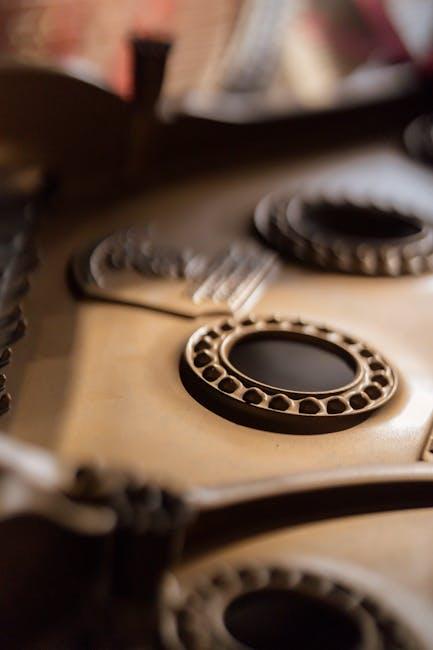
Tuning Suspension Geometry for Optimal Performance
Suspension geometry plays a crucial role in how your vehicle responds to different driving conditions, impacting everything from handling precision to tire wear. By fine-tuning parameters such as camber, caster, and toe angles, you can drastically improve cornering grip and stability, ensuring that your upgraded suspension works in harmony with your driving style. Each adjustment shifts the contact patch of your tires, balancing traction and control to elevate performance without compromising everyday comfort.
When optimizing these settings, consider the following key factors for a more tailored setup:
- Camber: Improves cornering by adjusting the tilt of the tires; negative camber enhances grip during aggressive turns.
- Caster: Influences steering stability and self-centering behavior; positive caster increases straight-line stability.
- Toe: Affects tire angle relative to the car’s centerline; toe-in can boost straight-line stability, while toe-out sharpens turn-in response.
| Parameter | Performance Benefit | Common Adjustment Range |
|---|---|---|
| Camber | Enhanced corner grip | -1° to -3° (negative) |
| Caster | Improved steering feel | 3° to 7° (positive) |
| Toe | Balanced stability and turn-in | ±0.1° to 0.3° |

Balancing Suspension Stiffness with Daily Driving Needs
When upgrading your suspension for enhanced performance, it’s essential to strike a balance between stiffness and everyday comfort. A suspension that’s too stiff can turn your daily commute into a jarring experience, diminishing drivability and causing fatigue over long distances. Conversely, a suspension that’s overly soft may compromise handling, defeating the purpose of an upgrade. The key lies in selecting components that provide responsive feedback while still absorbing road imperfections, ensuring a smooth ride without sacrificing agility.
Consider the following factors to maintain that balance:
- Adjustable Dampers: Allow you to fine-tune stiffness based on road conditions or driving modes.
- Progressive Springs: Offer variable resistance, softening on minor bumps but firming up during aggressive driving.
- Ride Height Considerations: Moderate lowering prevents harsh impacts and preserves clearance for daily use.
| Feature | Benefit for Daily Driving |
|---|---|
| Adjustable Dampers | Customize stiffness on-the-fly |
| Progressive Springs | Smoother over rough roads |
| Moderate Lowering | Improved handling without scrapes |
Q&A
Q&A: Upgrading Your Suspension for Performance
Q1: Why should I consider upgrading my suspension for performance?
A1: Upgrading your suspension transforms your vehicle’s handling, responsiveness, and ride quality. It enhances grip in corners, reduces body roll, and can improve braking efficiency—making your drives safer and more exhilarating.
Q2: How does a performance suspension differ from a stock suspension?
A2: Stock suspensions are designed for comfort and everyday use, balancing smoothness with basic handling. Performance suspensions, however, prioritize control, stability, and precision by using stiffer springs, adjustable dampers, and upgraded components tailored for spirited driving or track conditions.
Q3: What are the key components to upgrade in a suspension system?
A3: The essentials include springs, shock absorbers or dampers, sway bars, and bushings. Each piece contributes to handling dynamics: springs control ride height and stiffness, shocks dampen oscillations, sway bars reduce body lean, and bushings refine connection points for improved feedback.
Q4: Can upgrading my suspension affect ride comfort?
A4: Yes, performance suspension upgrades often result in a firmer ride. While this means more road feedback and less float, it can also translate to a slightly rougher experience on uneven surfaces. Choosing adjustable components can help balance comfort with performance.
Q5: Is it necessary to align my wheels after upgrading suspension parts?
A5: Absolutely. Suspension upgrades can alter your vehicle’s geometry, so a professional alignment ensures optimal tire contact, improved handling, and even tire wear—maximizing the benefits of your new setup.
Q6: Should I upgrade the entire suspension system or just individual parts?
A6: It depends on your goals and budget. Upgrading individual parts can offer noticeable improvements and be cost-effective. However, a full suspension overhaul often delivers the best synergy and balanced performance gains—especially for serious enthusiasts.
Q7: Will upgrading my suspension impact other vehicle systems?
A7: Potentially. Changes in suspension can affect braking and steering response. It’s wise to inspect related components like brakes, tires, and steering linkages to ensure everything works harmoniously.
Q8: How can I choose the right suspension upgrade for my driving style?
A8: Identify your priorities first—whether it’s track racing, spirited street driving, or off-road performance. Research specific products, consult experts, and consider adjustable solutions that let you fine-tune your setup as your preferences evolve.
Q9: Is professional installation recommended for suspension upgrades?
A9: Generally, yes. Suspension work can be complex and safety-critical. Professional installation ensures components are mounted correctly, adjusted properly, and inspected for any potential issues.
Q10: Will upgrading my suspension increase my vehicle’s resale value?
A10: It can, if done tastefully and with quality parts favored by enthusiasts. However, excessive or poorly executed modifications might limit your market. Keeping documentation and opting for reversible upgrades can help maintain value.
Upgrading your suspension isn’t just a mechanical tweak—it’s a foundational enhancement that refines your driving experience from the ground up. Whether chasing lap times or daily enjoyment, the right suspension upgrade can unlock your vehicle’s true potential.
In Conclusion
Upgrading your suspension is more than just a modification—it’s a transformation. It redefines the way your vehicle interacts with the road, turning each drive into a precise blend of control and comfort. Whether you’re chasing lap times or seeking a smoother daily commute, a well-tuned suspension unlocks potential you didn’t know existed. So, as you consider your next upgrade, remember: it’s not just about parts—it’s about elevating the entire driving experience, one corner at a time.
